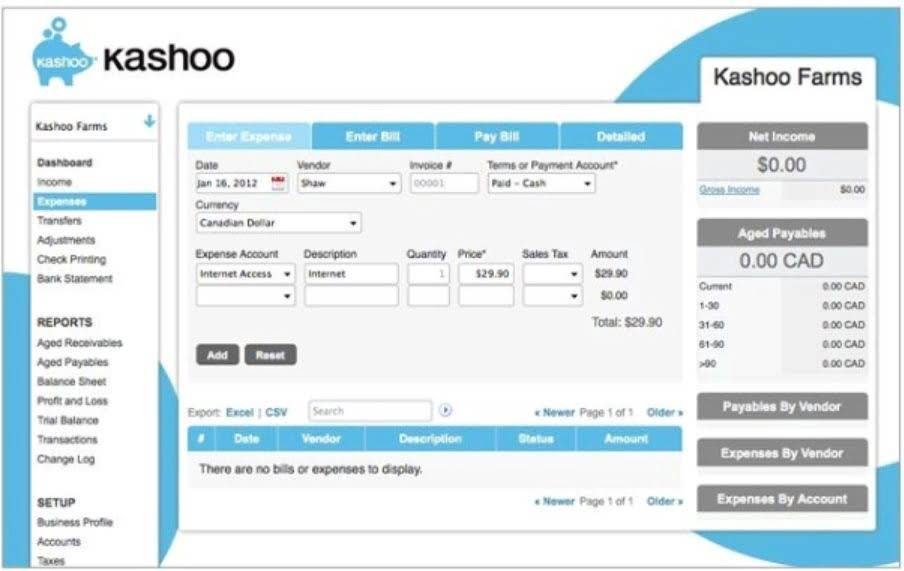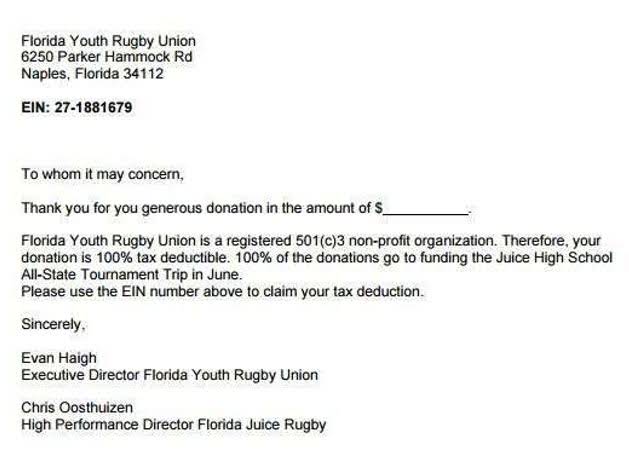So, let’s embark on this enlightening journey together as we unravel the intricacies of accounting transaction analysis. To help you produce your own tables, we have created an accounting transaction analysis template in PDF format. In the above example, suppose the cash payment for the rent was the amount of 4,000, using the six step process we have the following analysis of the transaction. Let’s read more about normal balances of accounts and rules of debit and credit here.
Activities would include paying an employee, selling products, providing a service, collecting cash, borrowing money, and issuing stock to company owners. Once the original source has been identified, the company will analyze the information to see how it influences financial records. Transaction analysis is the crucial first step in the broader accounting cycle, which is a systematic process businesses follow to record, process, and report financial information. The accurate analysis and initial recording of transactions directly feed into subsequent stages of this cycle, leading to the preparation of essential financial statements. These statements, including the Income Statement, Balance Sheet, and Statement of Cash Flows, provide vital insights into a company’s profitability, financial position, and liquidity. The integrity of these final financial reports heavily relies on the precision of the initial transaction analysis.
The entire cycle is meant to keep financial data organized and easily accessible to both internal and external users of information. Unpack transaction analysis to see how every business event fundamentally reshapes a company’s financial health and standing. Step 1 The business paid $2,300 in exchange for employee services, for the use of the building, and for utilities consumed as part of operating the business.
Subledger Accounting Transaction Analysis Duty
This dual-sided approach ensures that for every transaction, total debits must always equal total credits, maintaining the balance of the accounting equation. The effect of a debit or credit on an account depends on the account’s type. For the purchased equipment to be properly recorded among the company’s assets, the equipment account should reflect an increase, or a debit. The obligation to make a future payment must also be reflected with a credit to accounts payable.
What are Closing Entries in Accounting? Accounting Student Guide
This process begins with an analysis of the impact of each transaction (financial event). After the effect on all account balances is ascertained, the recording of a transaction is relatively straightforward. The changes caused by most transactions—the purchase of inventory or the signing of a note, for example—can be determined quickly.
- There are numerous types of accounting transaction in double entry bookkeeping all of which can be analyzed using the accounting transaction analysis table method.
- An account is a record showing increases and decreases to assets, liabilities, and equity—the basic components found in the accounting equation.
- For example, Mr. Robert starts a trading business, namely Robert Traders, by investing $50,000 cash.
- We are paying $2,290 of that bill which will leave a balance of $1,010 in Accounts Payable which we will pay at a different time.
Steps involved in transaction analysis
Since cash was invested, we can tell right away that a Cash (asset) account is involved. He also gave office equipment, which means that an Office Equipment (asset) account is affected. The Common Stock (equity) account will reflect the other side of this transaction. In this blog, we’ll guide you through the essentials of accounting transaction analysis, breaking down complex concepts into easy-to-understand examples and practical scenarios. Whether you want to build a solid foundation or refresh your knowledge, we’ve got you covered.
The reduction in income here serves to decrease retained earnings. Because both assets and retained earnings go down by the same amount, the accounting equation continues to balance. Because this is a new business and we only have four transactions before this one, it’s easy to determine what creditor we are paying.
The Accounting Equation: Foundation of Analysis
Step 3 The Dividends account is increased because dividends have been paid. The revenue Service Revenue is also increased because the business has earned revenue by providing services. The asset Cash is decreased because a check was written to pay for the equipment. Bold City Consulting purchases office supplies, agreeing to pay $250 within 30 days. Back in Transaction 2, we purchased $3,300 of office supplies. We’re putting all those supplies in an office supply closet.
How Technology Has Changed the Way We Analyze Accounting Transactions
The cash balance declined here because salary accounting transaction analysis was paid to an employee. Recognizing an expense is appropriate rather than an asset because the employee’s work reflects a past benefit. The effort has already been carried out, generating revenues for the company in the previous week rather than in the future. While each of these events could be important to the company and especially to the individual(s) involved – only a involves a change to the amounts reported on the financial statements.
The company also incurs a new liability, because it now owes $50,000 to the vendor for the equipment. Once the transaction is identified, you need to determine which accounts are affected by the transaction. For example, a sale of goods will involve accounts such as Sales Revenue and Accounts Receivable, while a purchase of inventory will involve Inventory and Accounts Payable. Now that you’ve gained a basic understanding of both the basic and expanded accounting equations, let’s consider some of the transactions a business may encounter.
- Once these steps of the accounting transaction analysis are completed, the next step of the recording process can begin.
- In this way, the equality of the equation is maintained.
- In the spreadsheet, we enter $55,000 in Joe Smith, Capital on the same line as the Cash part of the transaction.
- When a transaction says “billed”, it means you are creating an invoice to send to your customer.
- Understanding the fundamental steps, applying accounting rules correctly, and utilizing technology creates a strong foundation for financial record-keeping.
Each of these categories, in turn, includes many individual accounts, all of which a company maintains in its general ledger. A general ledger is a comprehensive listing of all of a company’s accounts with their individual balances. If one item within the accounting equation is changed, then another item must also be changed to balance it. In this way, the equality of the equation is maintained.
Liabilities
Read them all from our article classification of accounts. You can see that a journal has columns labeled debit and credit. The debit is on the left side, and the credit is on the right. During the month, Bold City Consulting paid $2,300 cash for expenses incurred, such as salaries (1,350 dollars), building rent (750 dollars), and utilities (200 dollars). Step 1 Bold City Consulting paid $150 of the $250 it owed to a supplier. The accounts involved in the transaction are Accounts Payable and Cash.



















